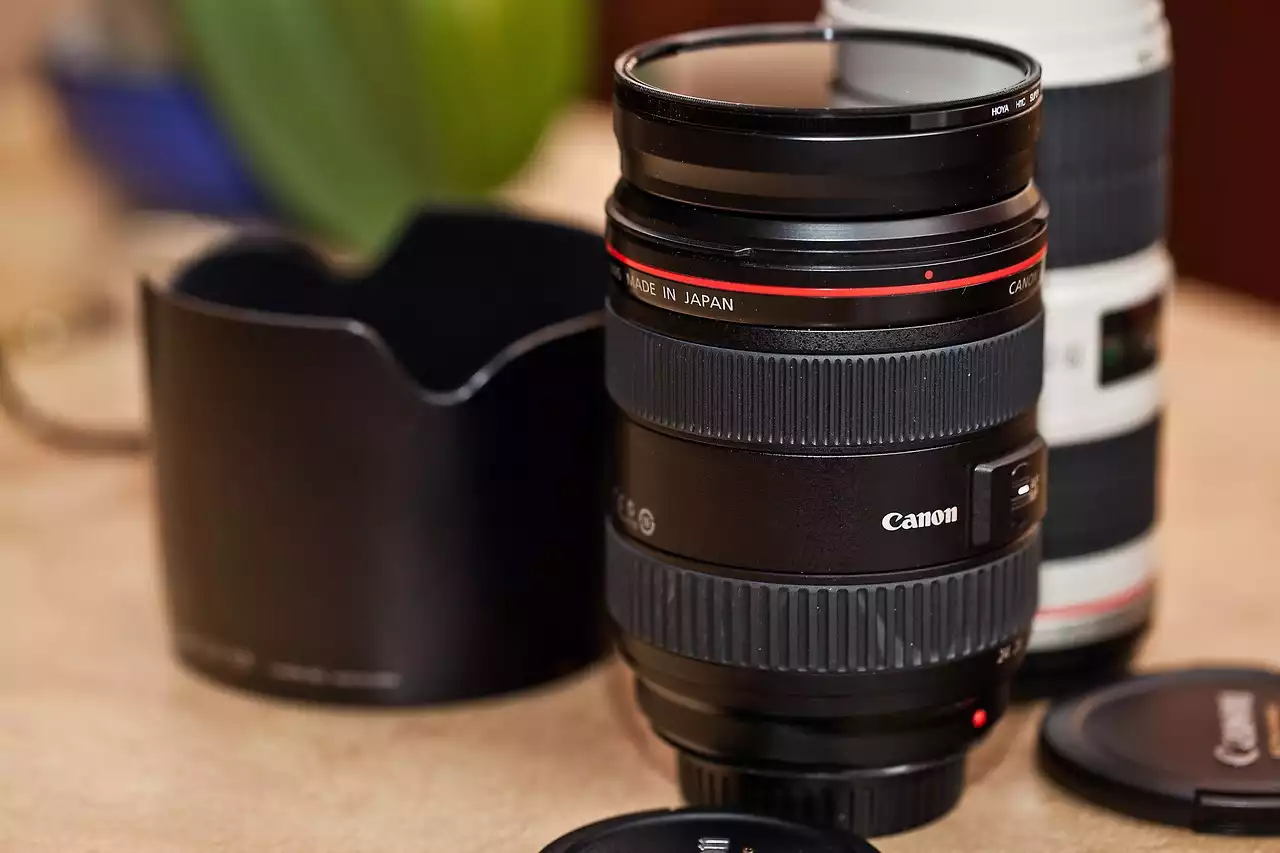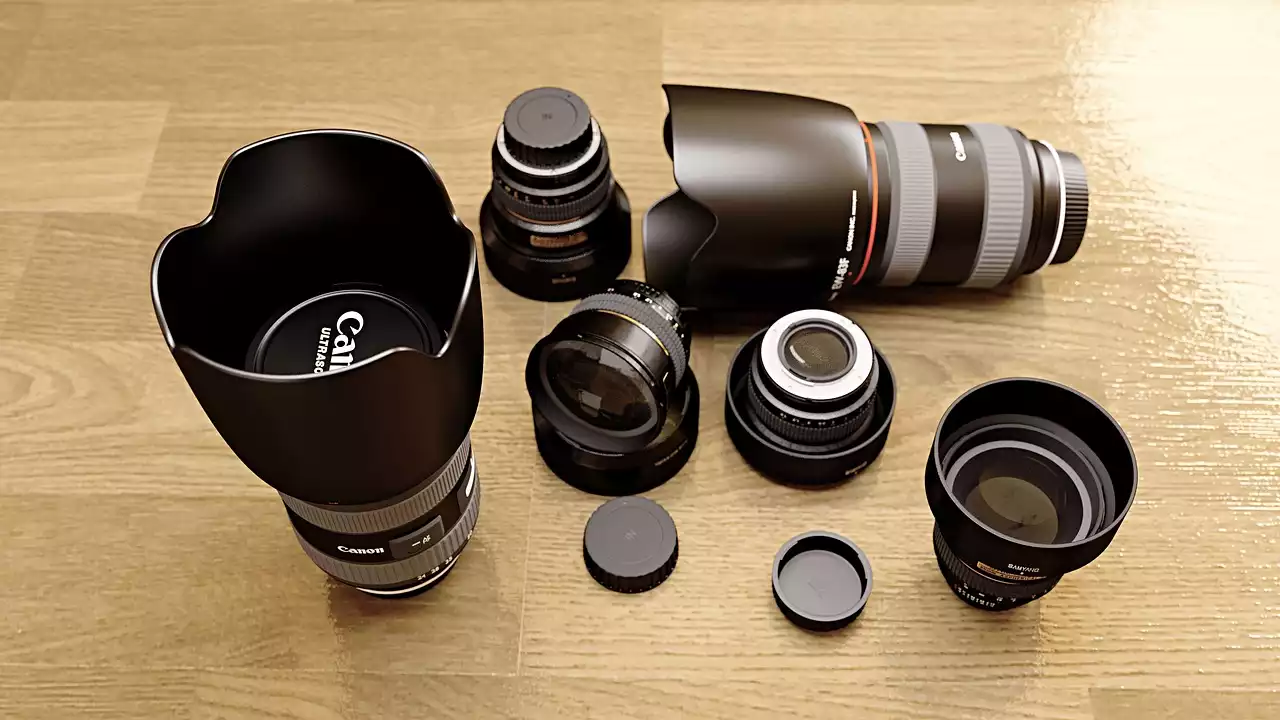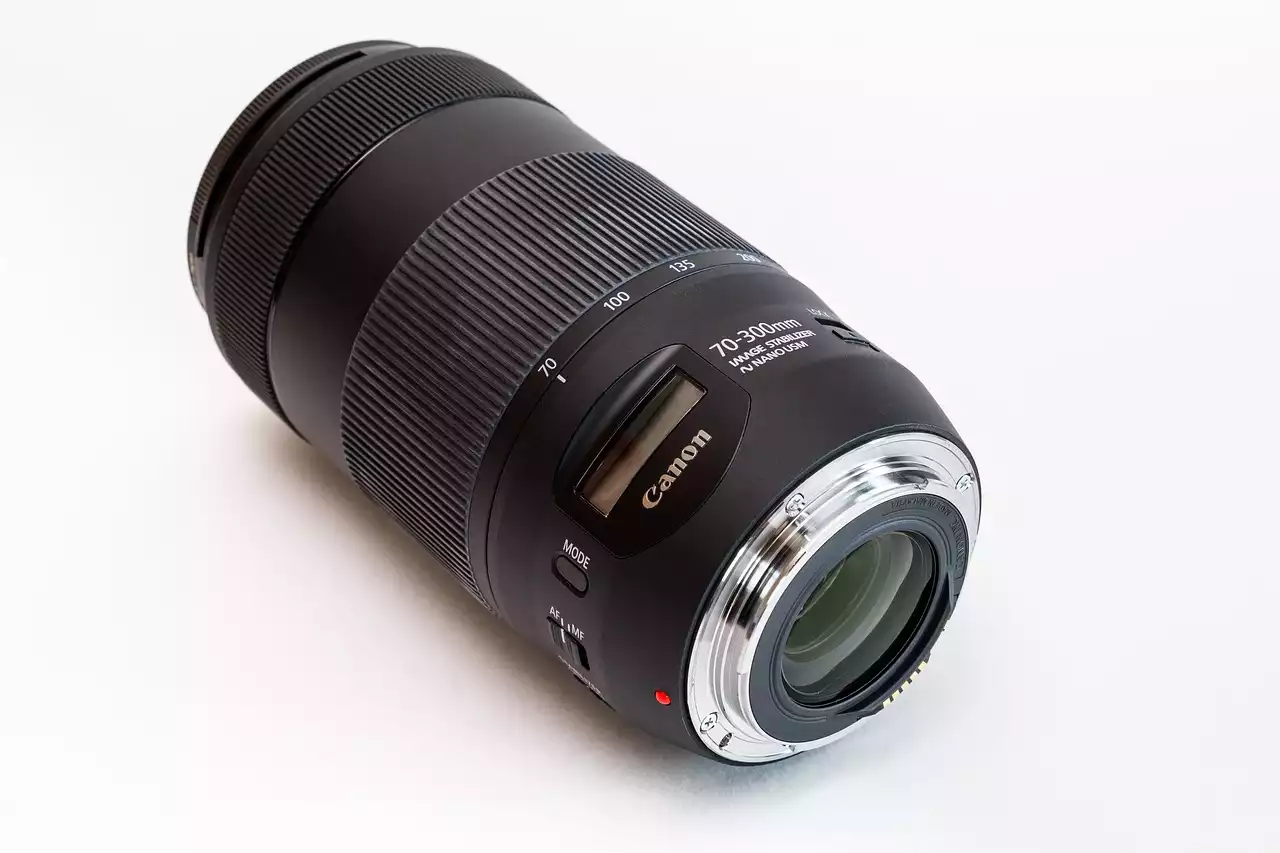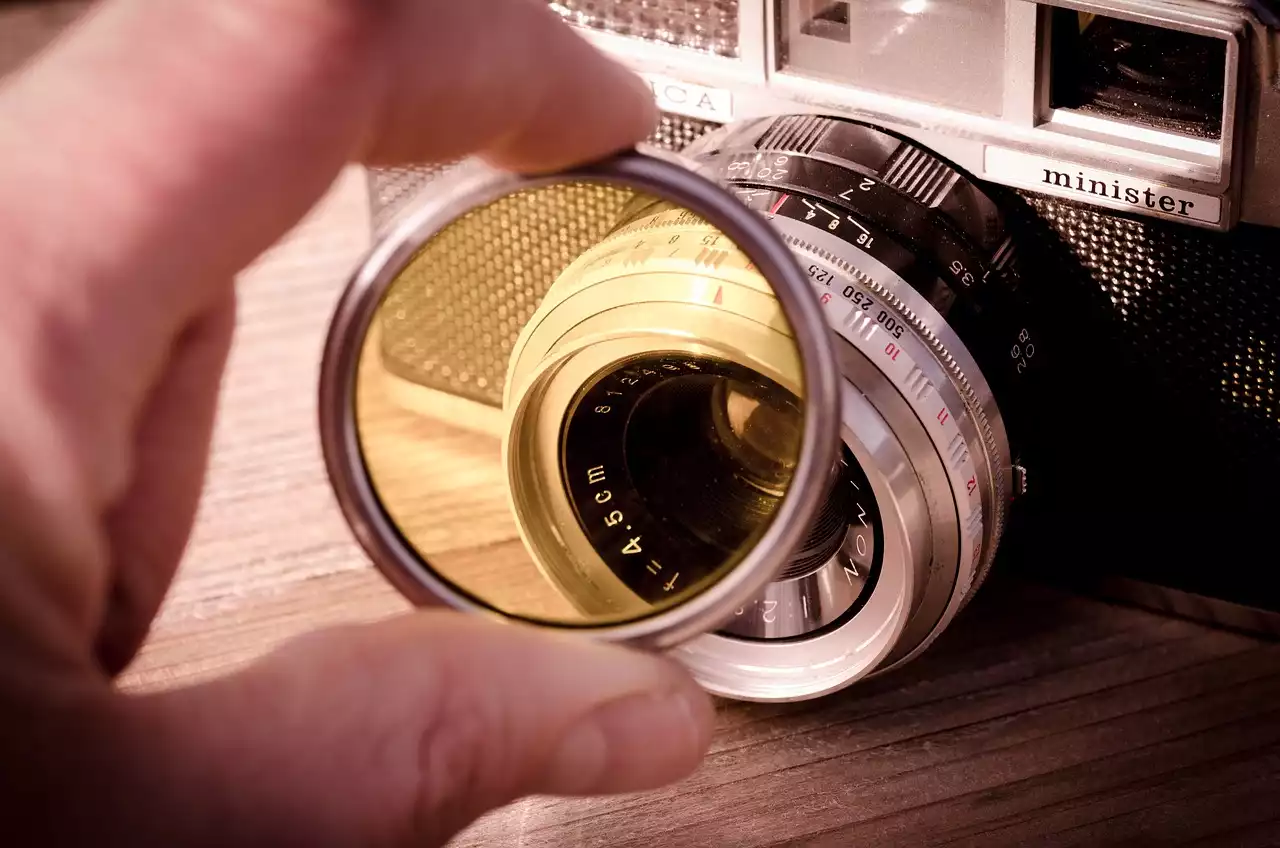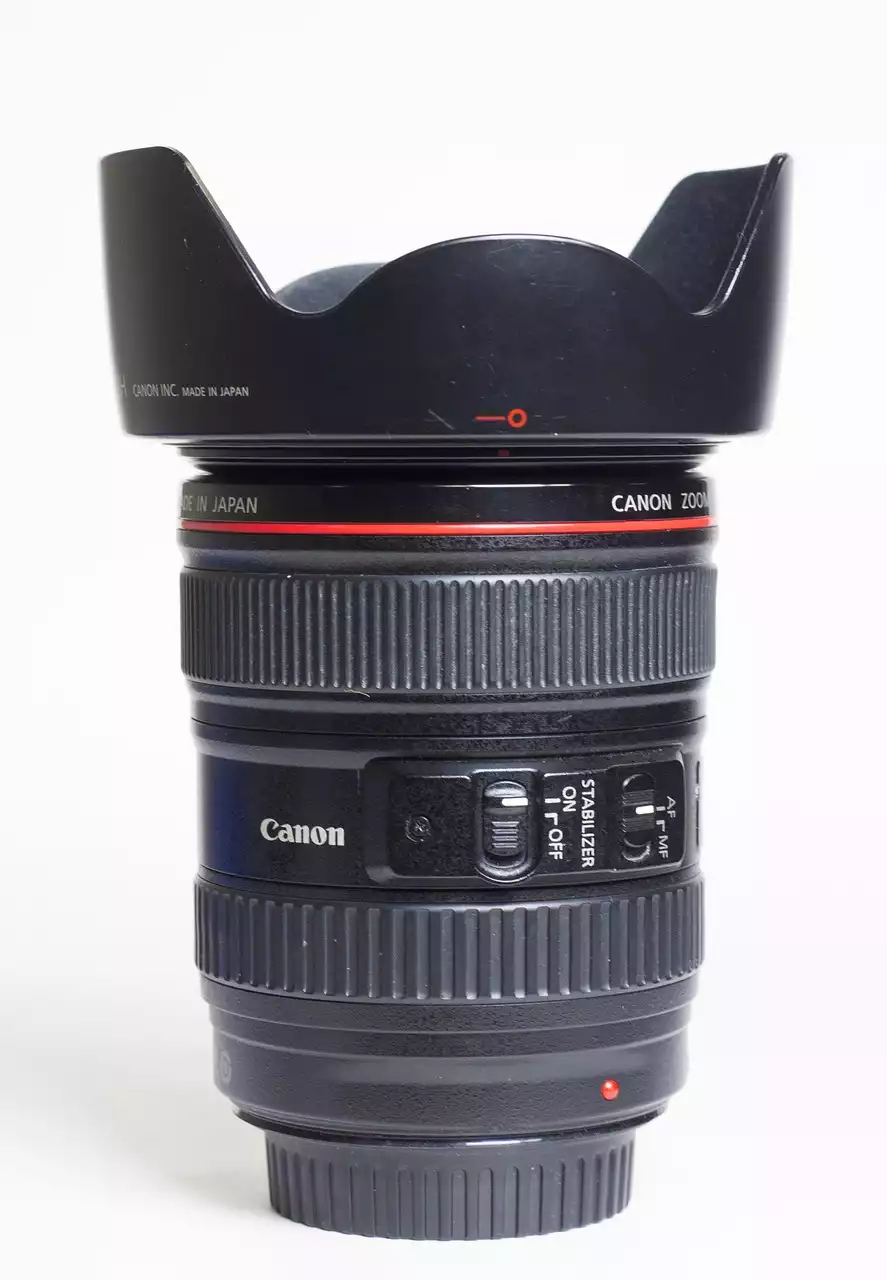What are prime lenses?
A prime lens is any photographic lens with a fixed focal length. The focal length of a lens refers to the distance between the lens and the sensor when the lens is focused at infinity. Prime lenses have fixed focal lengths, which means they cannot zoom. While zoom lenses are often the first option for beginners, many professional photographers choose to use prime lenses. There are many advantages to using prime lenses, including their superior image quality and wide apertures that allow for more creativity and flexibility in low-light situations. Prime lenses are often smaller and lighter than zoom lenses and offer faster apertures, which can be helpful for shooting in low light. Zoom lenses offer more versatility and can be very useful in different situations, but prime lenses are usually more expensive.
Benefits of using prime lenses
Prime lenses are more compact and lighter than zoom lenses. Because they do not zoom, they are also less complicated and cheaper. As they offer better image quality in low light and have wider apertures than zoom lenses, they are especially suitable for photographing indoors. They are often designed for specific uses, such as portraiture, landscapes, or street scenes, which gives them a very versatile application. Another benefit of prime lenses is that they allow you to shoot at a slower shutter speed. This can be handy for shooting indoors or in low-light situations. Zoom lenses, on the other hand, often allow for faster shutter speeds, which is great for shooting outside in bright light.
Types of prime lenses
Prime lenses can be categorized by their aperture, focal length, and type of lens:
- Standard prime lenses have a wide aperture of f/1.8 or f/2. Standard prime lenses are a great choice for shooting portraits, landscapes, and street scenes.
- Telephoto prime lenses have a wide aperture of f/2.8 or f/4. Telephoto prime lenses are best for wildlife and sports photography.
- Zoom prime lenses have a wide aperture of f/2.8. Zoom prime lenses are convenient for travel since they offer the ability to shoot a variety of subjects.
- Macro prime lenses have a wide aperture of f/2.8. Macro lenses are best for photographing small subjects such as flowers and insects.
Considerations when buying a prime lens
When choosing a prime lens, you should always keep your intended photography genre in mind. Prime lenses are typically more specialized than zoom lenses, so they may not be suitable for every situation. To determine which prime lens would be best for you, it’s important to consider the following factors:
- Prime lenses are often more expensive than zoom lenses. You should decide how much you’re willing to spend and find a lens that fits within your budget.
- It’s important to consider the focal length of a lens. Zoom lenses are convenient, but you must find a lens with a focal length that matches your shooting style.
- You’ll also want to consider the aperture of a lens. A wide aperture allows for more light to pass through the lens, which helps shoot indoors. - Prime lenses are usually better for low-light photography, so if you’re interested in shooting indoor events, you should consider a prime lens.
Best prime lenses for different genres of photography
Prime lenses are highly specialized and excel in different photography genres. They can be especially useful for shooting in low light, and they can even be better than zoom lenses in some situations. Here are some prime lenses with benefits and drawbacks for different photography genres. Portrait photographers often use standard prime lenses that have a wide aperture of f/1.8 or f/2. These lenses are best for creating images with shallow depth of field, and they can help isolate your subject. Landscape photographers often use telephoto prime lenses that have a wide aperture of f/2.8 or f/4. These lenses are best for shooting expansive vistas, and they can also be helpful for wildlife photography. Street photographers often use standard or telephoto prime lenses that have a wide aperture of f/1.8 or f/2. These lenses are best for shooting indoors, and they can also be helpful for portraiture.
Best lenses for portrait photography
Sigma 35mm f/1.4 DG HSM Art This is one of the best portrait lenses on the market. It’s an excellent choice for photographers who are interested in shooting portraiture with a shallow depth of field. It features a large f/1.4 aperture, which means it’s great for low-light situations and offers excellent shutter speed when shooting indoors. The lens is designed for full-frame cameras, and it provides an effective focal length of 53mm when used with a cropped sensor. The Sigma 35mm f/1.4 is made with high-quality materials, including a metal mount and hood. It has a fantastic build quality and feels very sturdy. Nikon 35mm f/1.8G This is a great option for shooting portraiture outdoors. It offers a wide f/1.8 aperture, which allows for excellent low-light performance and a fast shutter speed. It’s an affordable lens that can be used with both full-frame and cropped sensors. The Nikon 35mm f/1.8G is a versatile lens that can be used for a variety of photography genres, including portraiture, landscapes, street scenes, and weddings. It’s lightweight and compact and offers excellent image quality. This lens is also very durable and has a metal mount.
Best lenses for landscape photography
Sigma 50mm f/1.4 DG HSM Art This is one of the best landscape lenses on the market. It’s a good choice for photographers who want to shoot wide vistas with a shallow depth of field. It features a large f/1.4 aperture, which is great for low-light situations, and offers excellent shutter speed when shooting indoors. The lens is designed for full-frame cameras, and it provides an effective focal length of 75mm when used with a cropped sensor. The Sigma 50mm f/1.4 is made with high-quality materials, including a metal mount and hood. It has a fantastic build quality and feels very sturdy.
Nikon 14-24mm f/2.8G This is a great option for landscape photographers who want to shoot wide vistas. It offers a wide f/2.8 aperture and excellent low-light performance. It’s an expensive lens that can only be used with full-frame cameras. The Nikon 14-24mm f/2.8G is a high-end lens that offers excellent image quality. It’s a specialized lens that’s great for shooting wide vistas, and it can be helpful for architectural photography.
